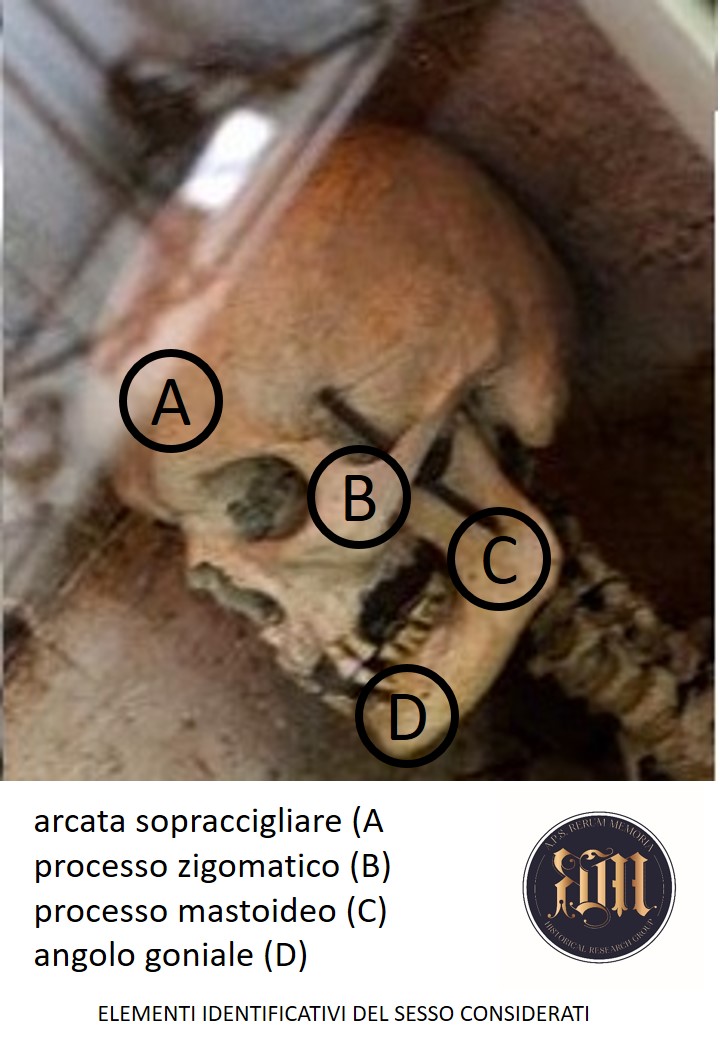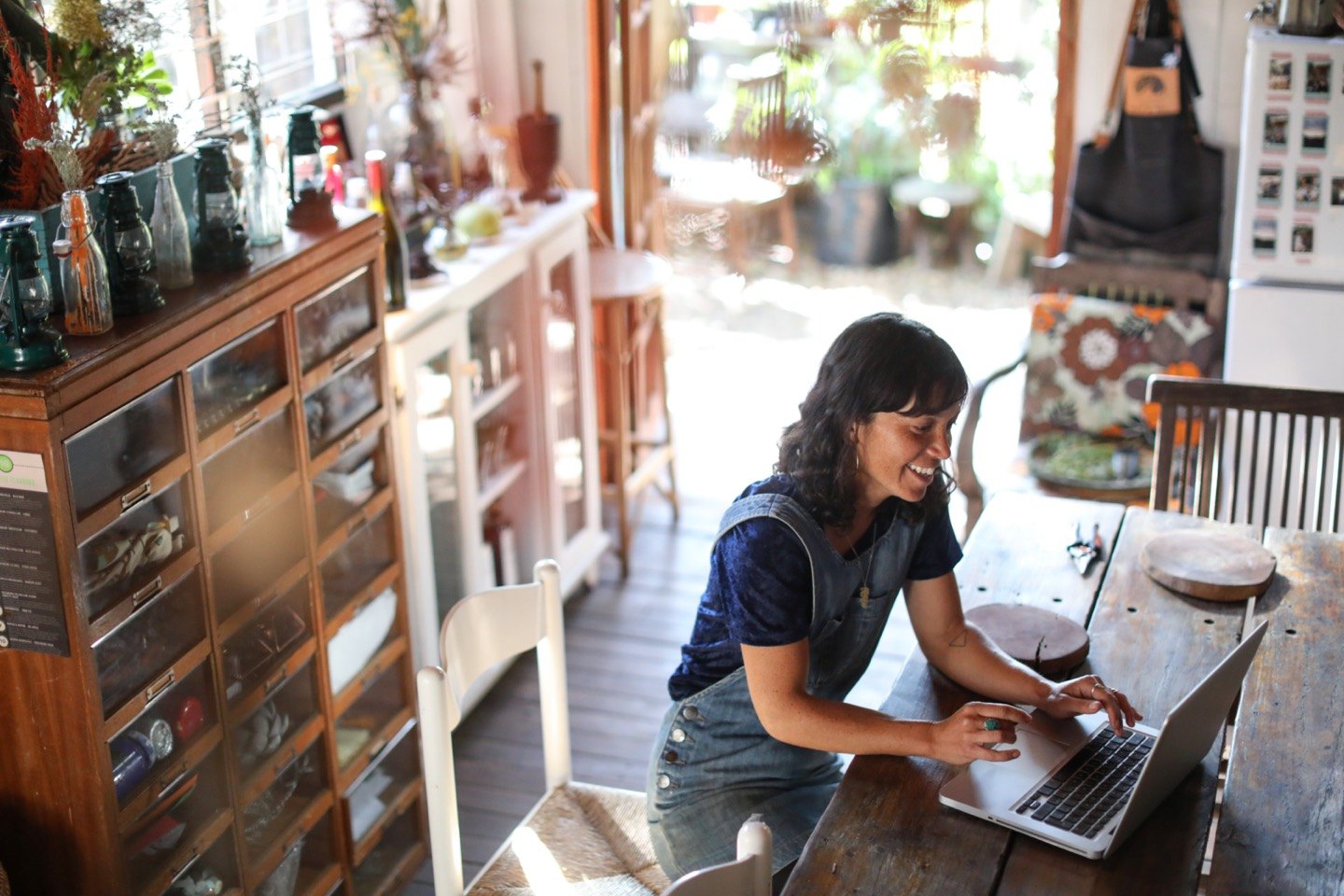The whole story, therefore, was taking on increasingly nuanced and less and less solid contours as we discussed the problem, the small documentary conquests, the obstructions that we were meeting or suspicions about the authenticity of all architecture. From Biraghi reticent to the skeleton who was supposed to be a woman murdered for jealousy and therefore beautiful! A little too much … we therefore decided to continue, also involving other qualified subjects who could offer us their contribution to try to carry out a “scientifically supported” analysis on the preparation of the white lady present in the Criminological Museum of Rome starting from 1934.
Inspection and analysis of the site of the alleged discovery of the skeleton.
The accurate analysis of the alleged “crime scene”, or the point where according to legend the skeleton was found was conducted in 2019 by Simone de Fraja. According to the statements and indications of Sergio Biraghi The skeleton was found in the internal area of the fortification, the area adjacent to the wall prospect aimed at the north and at the corner formed by wall segments broken near the salient that today alongside the post -access to the enclosure. Biraghi, and now the legend, tells that the remains were found following a collapse (it is said of “a tower”). In this surrounding corner they should not have been present towers or towers, such as the now semicylindic structure existing a little more east.
This wall section is perhaps the best preserved both for high and for the quality of the wall texture, apparently all original and consistent with other parts of the enclosure, except for modest interventions; Furthermore, this portion shows in several areas the presence of a plaster degraded homogeneously therefore, substantially, which remained overall exposed to the agents in the same period of time. There are no parts relating to collapses or relatively recent exposures or in any case wall sections with different conservation. The lower part of this corner of the belt shows traces of division into levels and the current trampling surface appears evidently raised. The sects are apparently postponed today in place (different masonry, size and random use of the brick).
However, it is plausible to hypothesize, in this corner of the belt, the existence of a building, a housing structure, with a quadrangular plan, a wall of which (the one addressed to the north) was made up of the often surrounding wall.
It remains to be explained, according to Biraghi’s thesis, then what was collapsed here in the 1940s, if a tower or a large living building, and how it has been possible to dispose of the possible remarkable accumulation of rubble expected that everything seems to have been stopped for a long time. It is evident that the modest receipt obtained in this surrounding corner, in the current forms, has been obtained later, and for different purposes. That the individual, woman or man, has been imprisoned, with constricting irons and made to die of hardships (this tells the legend), whatever the reason has been (let the amorous intrigues alone), and subsequently walled up to continue the torture or condemnation (as could suggest the existence of a terracotta container for water and prolong the agony) appears somewhat unlikely. It would seem more likely that the same may have been obliterated in the masonry (a niche in wall thickness should have been obtained) once they died: but at this point the restricted irons appeared superfluous which, however, do not appear adequate for the purpose and do not even seem coeval at the time when we wanted to contextualize legend. Already, in fact, legend is placed in a generic 16th century, more or less, it would seem from the only fact that he has found some dating ceramics. But even on the fate of these finds there is no trace (for example a report of the discovery and not even in the document of acquisition of the museum), if not staged, in the museum setting accompanied, vexus, of a metal light light. Of these tricks, even legend, in the most genuine forms, never speaks.
There is not as much traces in the statutes of the time or in the practices of criminal justice, except that can be imponduable creative episodes, that someone could be executed and condemned to similar fate; Unless it was a murder whose body had to be made to disappear in a short time and not the result of a sentence expression of a judgment according to law. Wall bodies were found hidden inside walls, reduced to the slightest dimensions, sometimes with the lime directly in contact with the fabrics that have been preserved (and probably did not have irons in the limbs, a skylight and a jug for water). Above all, lime and anaerobic insulation would have returned a body in very different conservative conditions. If the equipment (scenic) had not been found, if the containment measures had been adequate, at first glance the discovery could have appeared as a capsule of the time relating to a “forgotten imprisonment” and not to a condemnation with all the rest of the trading, as the legend requires.
Analysis of strains on the wrists and the ankles of the skeleton
Studying the material available on the Internet, Simone de Fraja He found a fundamental publication in the collecting containment tools. He contacted the author to export the question of the white lady. J.M. Robin He is a French scholar, expert and collector, author of “Hops, irons & handcuffs“, It operates in four volumes accompanied over a thousand photos of historical pieces also belonging to its collection. Not at all surprised and indeed intrigued by the request Robin replied within a few days:
“I saw the photos, but there are inconsistencies for me. The skeleton has hands placed in far too large handcuffs! These are bilboes or vines that were normally intended to be placed at the prisoner’s ankles. This part does not have a lock. The ankles are placed in obstacles equipped with a bolt lock with straw (s) in glitter and push key. […] This compression means appeared in the 16th century and was used until the 18th century. But this piece was conssue for the ankles of the prisoners and not for the wrists! In addition, the shade of these pieces seems to have been repainted in black, it is not the original color of the iron. (see attached photos). It is clear that the wrists could easily leave the bilboes. I think this is a staging for the decor of a vintage cell ”. (transuzione): “I saw the photos, but there are inconsistencies for me. The skeleton has hands within too large handcuffs! These are constraints or strains that were normally destined to be placed to the prisoner’s ankles. This tool does not have a lock. The dowels are positioned in chains with a chiavistello with spring and key. […] This means of constraint appeared in the sixteenth century and was used until the eighteenth. But this piece was conceived for the prisoners’ ankles and not for the wrists! In addition, the color of these pieces seems to me to have been repainted in black, it is not the original color of the iron. (see attached photos). It is clear that the wrists could easily get out of the strains. I think this is a staging for a vintage cell (Monday 24/12/2018 10:22) ».

Simone de Fraja also called into question the friend Massimiliano Righinicurrent vice -president of the section Emilia Romagna ofItalian Castelli Institutequalified scholar of oplology, which provided these reflections on the irons that surround their wrists in the white lady setting in the criminological museum of Rome:
«…As anticipated through the short streets I will try to provide you with some considerations, based only on the mere analysis of the images, regarding the skeleton of a woman found in the 1930s in the Palazzo di Poggio in Catino, and now exhibited at the Criminological Museum of Rome. The skeleton presents, on the wrists and ankles of the constriction strains, called in specific literature also as “legs”, designed to be used in the lower limbs. These were made up of a central pivot on which the constraint rings were slipped. A padlock placed on one of the ends looked at everything. The same system could be used for the construction of handcuffs that employed closer rings. On the skeleton of Poggio a Catino there are two containment tools completely similar to anklet. In fact, even those who serve the wrists, although perhaps slightly smaller than the others, seem too large to be able to effectively block the wrists of a woman. Both irons present themselves in the widespread forms, in the western world, starting from the eighteenth century with a continuation of use until the beginning of the twentieth century. An iconographic feedback of these tools is possible with those depicted by Francysco Goya in two etchings datable between 1808 and 1814. The state of conservation is bad, both have a strong surface corrosion perhaps the result of an archaeological discovery……»

Expert by Priscilla Zanutel on the alleged sex of the skeleton
The assessment on the sex of the person to whom the skeleton preserved in the criminological museum belonged was an important, perhaps decisive assessment to evaluate the reliability of the stories on the white lady. The team then requested an anthropological “formal” relationship of the D.SSA Priscilla ZanutelArchaeologist and president of the APS The memory of (Rome) who for his work has gained a certain experience on the study of even very ancient bone finds. This is the text of his report reported in full.
«… The study assignment came by the team on CSLSG’s Cold Cases on the alleged murder of a woman, a murder that some literary and journalistic sources would trace between the end of the 1400s and the beginning of the 1500s. The study took place through a examination on photographic finds and the primary objective of my assignment was to try to establish the sex of the individual in question with good approximation. To be particularly accurate, this type of examination actually requires a direct study on bone elements; But since this has not been possible, due to the irreality of the find, due to the impossibility of accessing the premises of the Criminological Museum of Rome where the finding (the skeleton) is preserved, my analyzes took place trying to consider elements visible from the support assigned to me. From the images provided, it was not possible to make an evaluation on the sex of the individual using the pelvis, since his posture and the angle of the photo do not allow optimal observation. Moving on to the skull, therefore, they were taken into consideration of the aspects with a good degree of reliability: eyebrow arch (a), zigomatic process (B), mastoid process (C), Goniale (D). The eyebrow arch (or supraorbital) is very robust and marked; The zigomatic process is also powerful and often; The mastoid process is very large and pronounced; The jaw is robust and the gonial (or mandibular) angle is marked. All these characteristics are proper to male individuals. With good probability, therefore, it could be said that the body examined belonged to a man instead of a girl.»



News
Berita
News Flash
Blog
Technology
Sports
Sport
Football
Tips
Finance
Berita Terkini
Berita Terbaru
Berita Kekinian
News
Berita Terkini
Olahraga
Pasang Internet Myrepublic
Jasa Import China
Jasa Import Door to Door



